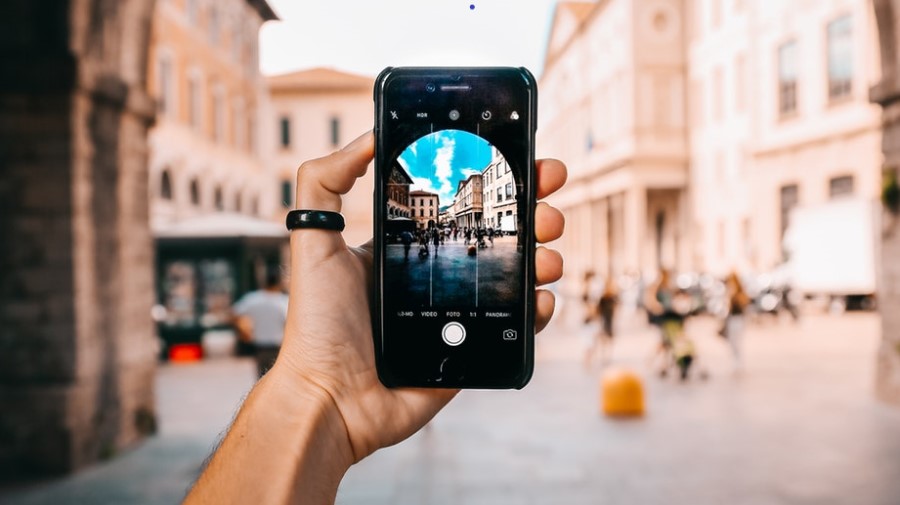So you have an iPhone app or an iPad app and you’re wondering if you can increase App Store downloads by translating it? Certainly it will appeal to more people if it’s in their own language, so localizing your app is usually a good choice. Here are our tips on how to localize an iOS app for global success.
What If You Don’t Localize Your App?
First, what if you don’t localize your app? Can you expect success on the App Store internationally?
Studies show that people—even people who speak multiple languages—prefer to browse websites and use mobile applications in their own native languages. People are less likely to buy and less likely to sign up when they cannot browse in their own language.

Having a properly localized iOS app will help with your download and usage numbers around the world.
You will lose your potential customers to your competitors that have localized apps even if your competitors’ apps are inferior to yours.
Further, if you don’t translate your Apple App Store listing, the users are less likely to even find it when they search the App Store in their native languages. They won’t even see your app much less read through your listing.
Can’t You Translate It for Free?
Google Translate is free, right? Why not just put all your language strings in a Google Sheet, use the translate formula, and—Shazam!—localize your app for free?
What you need to understand here is that—unlike with many other platforms—Apple users don’t get to choose the language for every specific app. If they use an iPhone with the Russian language selected, all new apps that have a Russian version will be installed as Russian on their phones. And they will not be able to switch back to English, even if the translation is of poor quality or barely understandable.
And let me let you in on a little secret: if you rely on Google Translate to translate your iOS app for free, your app will be of poor quality and barely understandable.

Apps translated by Google Translate can be confusing and lead to users becoming frustrated.
What does that mean for you?
Make sure the translation of your application is perfect or nearly perfect—in order to not frustrate your users.
So no Google Translate. You do have competitors on the Apple App Store, right?
It’d be better for you to keep your app in English rather than to provide a poorly localized version. The English version will still work for many people.
If your English app is good enough, users will eagerly write 5-star reviews for it saying, “Please add Chinese language.”
On the other hand, if your English app is awesome, but your app is poorly localized into other languages, those users will leave 1-star reviews, saying, “This app makes no sense.” That will bring your app down in rankings everywhere.
How to Localize iOS App
We won’t go into technical details of the actual workflow. Apple has provided detailed instructions for developers that you will need to follow.
But the basic overview is that you provide language resource files to the language service provider (i.e. translation company) and then import the translated files back.
Every supported language will have an individual resource file in your application bundle that you upload to Apple. Currently, Apple supports localization into more than 40 languages, which will allow you to cover 155 countries.
Important Tips for iOS App Localization
- Make sure only one person or team handles both your app localization and the rest of your content into a specific language—including the website, software, Android apps, etc. This will ensure consistency across the whole range of platforms, increasing user satisfaction. If instead you hire a different team to handle localization for iOS than you did for your online user guide, it may result in inconsistencies in terminology and wording, and users might be confused. Imagine for example if your user guide refers to a button as the “Begin” button, but on the app itself that button is labeled “Start.” That would confuse and frustrate your users.

- Merely translating iPhone or iPad app user interface into additional languages is not sufficient. You will also need to make sure various dynamic data, such as dates, currencies, and distances, are displayed in the format appropriate for each specific country. This is handled via Apple’s APIs.
- Also when you localize your app, it is always a good idea to take it another step further and add things that will make local users feel more at home: national holidays in calendars and specific cultural references, for example. Also, if your app includes maps, remember that maps can be extremely sensitive for political reasons. Be aware of what your maps show and whether they are likely to upset people or governments.
- When you provide social sharing options, don’t forget to check with local experts on what social networks, messaging services, and email providers are most popular in a specific country. Add support to share on VK for Russia, on WeChat for China, etc.
- Not only is localizing your app important, it’s also important that you localize the metadata for your app in the App Store—the title, description, keywords, and even screenshots. Otherwise, people won’t find your app when they enter foreign-language keywords in the search field in the Apple’s marketplace.
- If you have your own website or other online presences translated into a specific language, use the localized “Download on the App Store” buttons that Apple has made available in 40 languages. They will be an extra indication to your potential users that they will be able to use your app in the language they are most comfortable with.
So now that you understand what aspects you should take into account, you should answer the most important question: what languages should you localize your iPhone app for?

The decision of what languages to localize into is different for every company. The answer depends on usage statistics and market demands.
The answer is actually rather simple to find. Just analyze statistics and user requests, and do a little market research on which countries you want to target.
Then localize into relevant languages. This will enable you to grow your existing user base or tap into new audiences which you could not have reached otherwise.
Are you noticing downloads of your app from particular regions? Leave a comment below to let us know!
Have an iOS or Android App You Want to Localize?
Let’s talk. Contact us for help with your app localization today!
SOFTWARE LOCALIZATION SERIES
This is part 5 of our software localization series. See the other parts below.



I liked that you explained that it would be smart to make sure that your translates turn outright. That does seem like it would help your app run better. Also, it might be smart to know if your software will be helpful to people in that different country as well.